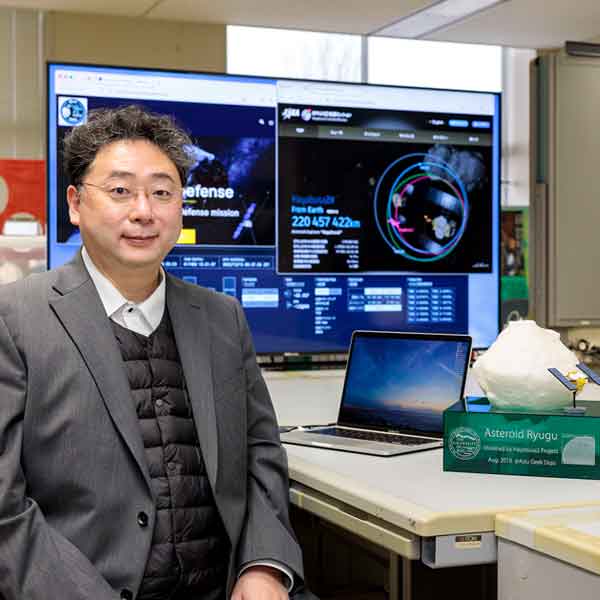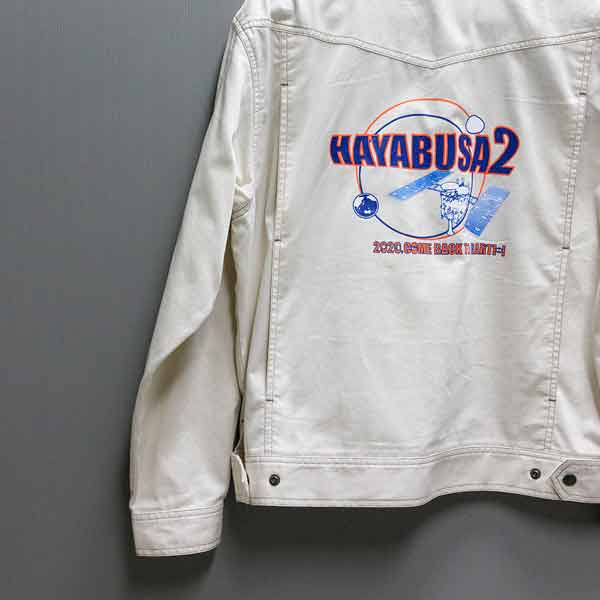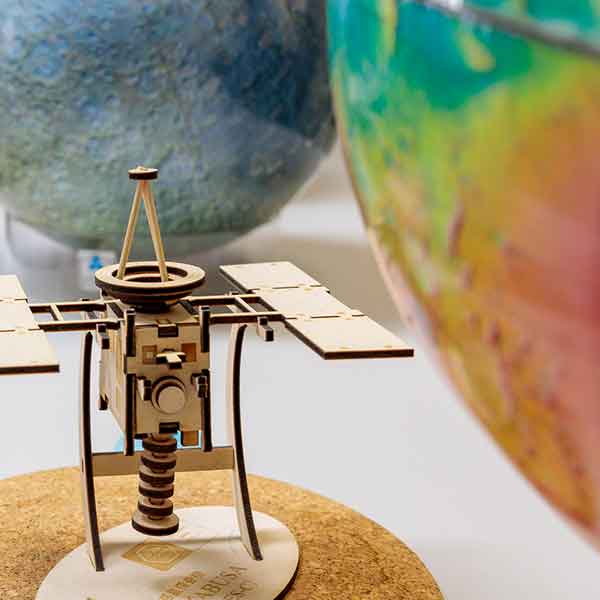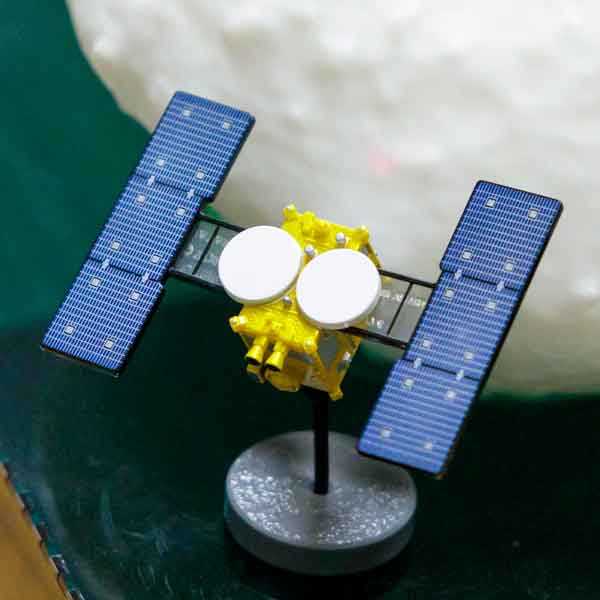SPACE
Space is now an accessible research field
The University of Aizu is actively pursuing space-related research and is involved in various projects, including JAXA's Hayabusa2 project. We are armed with space science and information engineering, and have a presence as a hub for development and data analysis. Now it is possible not only to look at space from the earth, but also to conduct research by observing the earth from space, for example, for the purpose of disaster prevention and mitigation of volcanoes. Space is no longer something special. Space is an extension of the Earth.

Space Science and ICT to Expand the Field of Human Activity

The University of Aizu has a wealth of researchers involved in space. The University of Aizu participated in the Hayabusa2 project as a team and contributed to many fields, including near-infrared spectrometer, laser altimeter, visible camera, and thermal infrared camera, together with companies in Fukushima Prefecture.
We see space as a field, a place to be active. Nowadays, not only the national government but also the private sector is free to develop the moon at will. In other words, space is not a distant world beyond our reach. We are conducting research to expand the field of human activities as an extension of the Earth. This is in line with the philosophy of the University of Aizu, "to Advance Knowledge for Humanity" (to make inventions and discoveries for the sake of human peace and prosperity). We have both space knowledge and ICT knowledge. We are the hub and the bridge between space science and information technology.
Various projects are underway in space

In addition to the aforementioned HAYABUSA2, we are also conducting various aspects of space-related research. One example is a geographic information system for three-dimensional irregularly shaped bodies. Asteroids are all distorted in shape, and even if they are mapped on a flat map, the scale varies from place to place, making it difficult to see their three-dimensional shapes. Therefore, a virtual three-dimensional shape model was created in a computer and observation data was pasted onto it. This method was created out of necessity, but it is the first attempt of its kind in the world. It was named "AiGIS" and has grown into software used around the world.
We are also participating in a number of projects, including the "Lunar-Mars Box Garden Initiative" to build a "box garden" environment for developing rovers to be sent to the Moon and Mars, and the space exposure and collection of cosmic dust and microbes by the International Space Station-borne "Dandelion".
Conversely, we also conduct Earth observations from space. In cooperation with the JMA's Liaison Committee for Prediction of Volcanic Eruptions, we are measuring the expansion of mountain bodies from space to predict volcanic eruptions.
Reach out and the universe is there

Space-related missions span approximately 10 years. The first generation designs the software, the next generation implements it, and the next generation verifies and brushes up the software. In this way, the software is passed on to the next generation like a relay of saddles, and the student who is in the timing of the production operation serves as the anchor.
Nowadays, helicopters fly on Mars. Space is not far away. It is a place where we can take on challenges as an extension of our own technology. What we do on Earth can be done in space. If we change our perspective and way of thinking, we will be able to play an active role in different fields. Space is not something special. It is within our reach if we just reach out.


